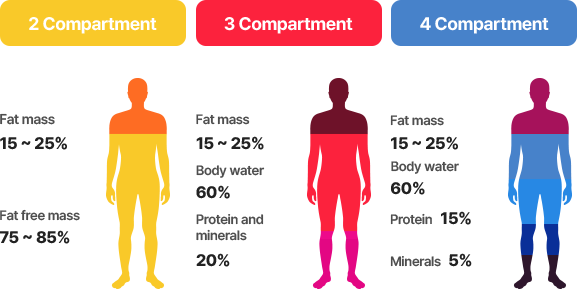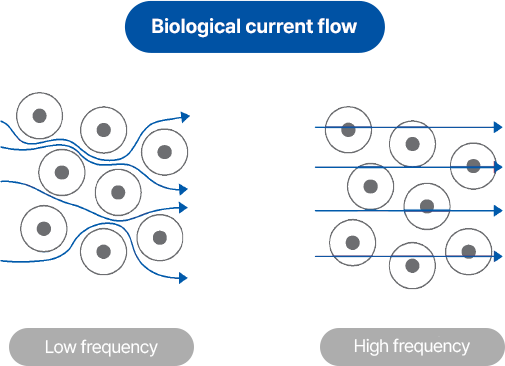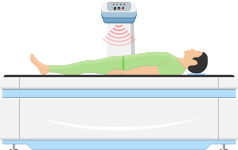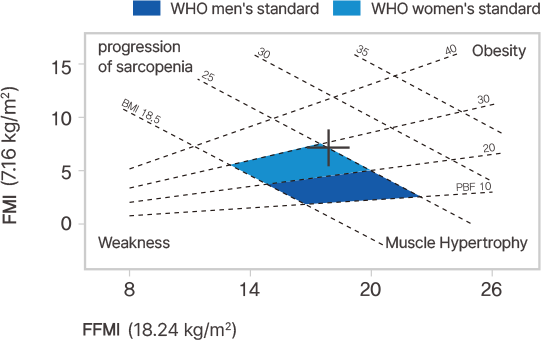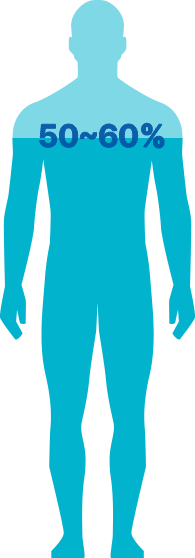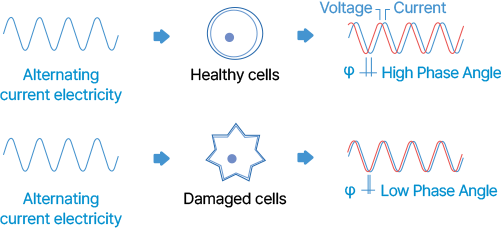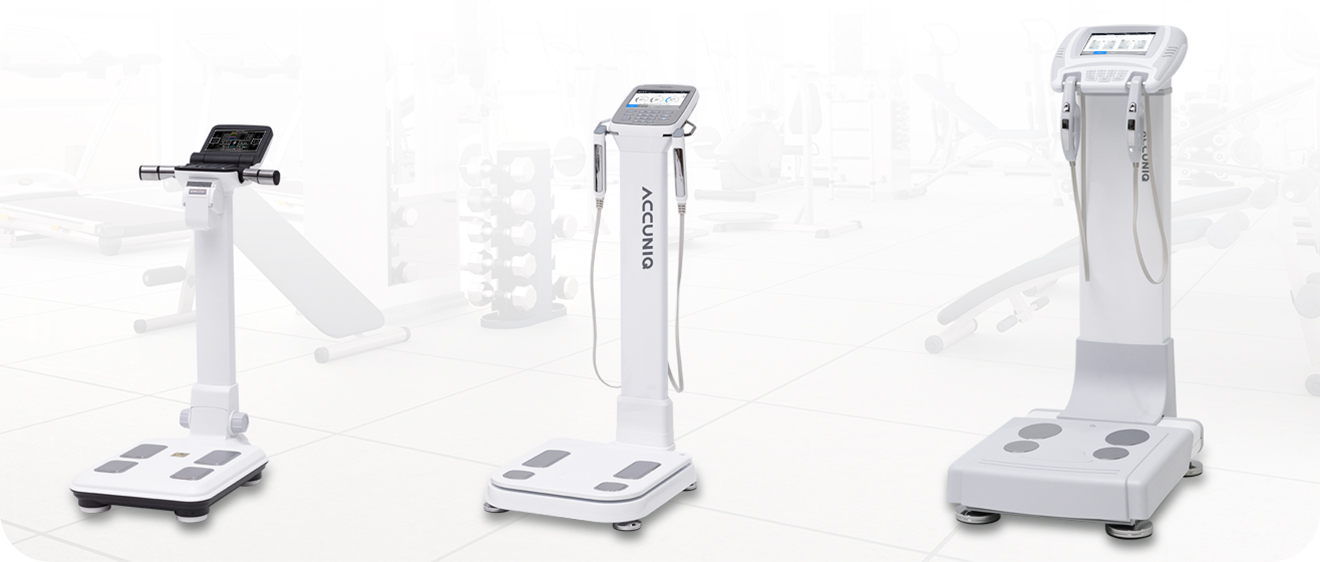“ACCUNIQ accurately measures minute changes, such as small changes in the human body
and environmental differences,
based on its own advanced algorithm researched
and developed by our research team.”
To develop and apply a new architecture for body composition analysis, we’ve conducted clinical test and analysis to establish a 4-compartment (4C) model through
the combination of measurement data of DXA, D2O, underwater body density method, and physical measurement (weight, length, width, and volume).
Based on this, we developed our own ACCUNIQ algorithm that measures body water, protein, minerals,
and body fat through measurement comparison analysis and verification with BIA.
DXA, D2O, underwater
body density method
Physical Measurement,
1st clinical test
Data analysis
with the 4C concept
Algorithm developed
and applied
Direct measurement
for each pass, measurement
for each part,
Multi-frequency, impedance,
reactance
BCA measurement Accuniq
Algorithm analysis
and interpretation
Dexa
Measurement of muscle mass,
body fat mass, and mineral mass
in each part of the arms, legs,
and trunk
Heavy water dilution method
D2O drinking, body measurement,
minute water measurement
Underwater body density
Body volume
and density measurement
Physical
Measurement
Volume, length, width
BIA is non-invasive, harmless to the human body. The test can be completed in a short time and the measurement method is simple.
In addition, it has the advantage of being accessible and measurable at a low price.
Also, it is characterized by sensitive measurement without missing minute factors such as small changes in the human body and differences in the environment.
Therefore, in order to obtain reproducible and accurate results, you must observe the correct measurement posture and precautions (Accuniq user manual).
The data extracted from ACCUNIQ impedance body fat measurement has a wide range of applications.
In addition to simple body composition results, it provides various information such as sarcopenia, cell health, obesity evaluation, control guide, and body type determination.
Accordingly, for the purpose of disease prevention, it is possible to determine whether or not to perform a detailed examination.
And, after identifying exercise, diet, and lifestyle habits, it provides calorie control guides on behalf of health care professionals and sports managers.
